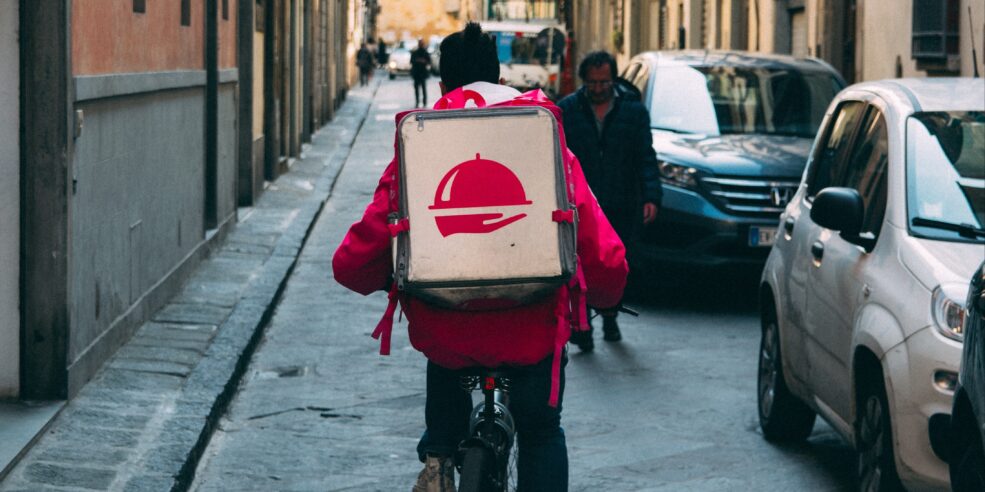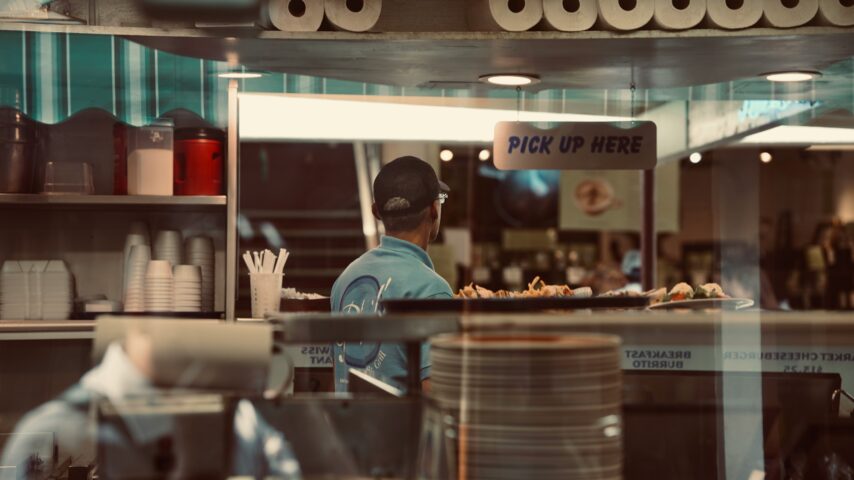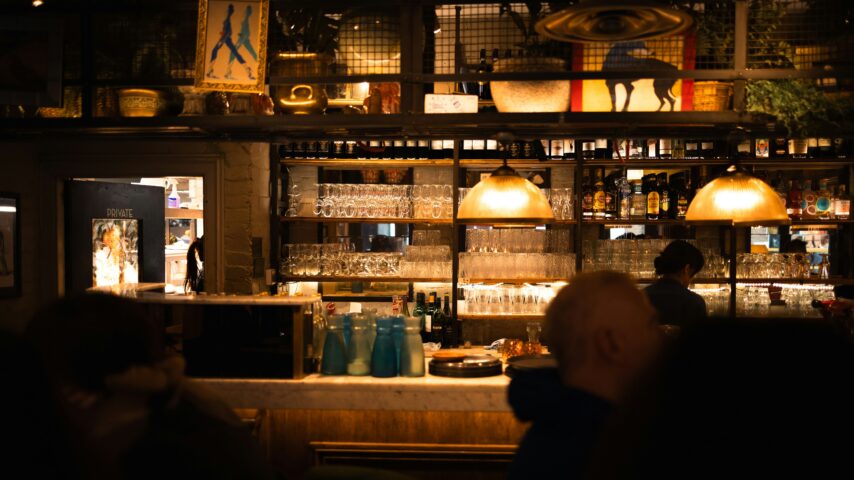Dark kitchens have risen in popularity over the last few years, with the launch of Deliveroo Editions in 2017 serving as a catalyst for the boom of the format. Nowadays, these so-called ‘dark’ kitchens (or cloud kitchens, or ghost kitchens or virtual kitchens) are popping up everywhere with the likes of Karma Kitchen, Taster and CloudKitchens leading the pack. But it’s not only the big aggregators getting in on the action, brands such as The Athenian and Qoot have opened dark kitchens to serve a larger radius than available from their traditional restaurants. We look into the benefits of dark kitchens for all restaurants.
This is Part 1 of our Dark Kitchen series, you can find Part 2 here.
We have to acknowledge that during these strange and uncertain times, the fate of sit down restaurants is becoming more and more precarious. This extended time in lockdown will no doubt have a large impact on consumer behaviour even as we gradually go back to normal. While demand for sit down restaurants will always be there (we are social animals and thankfully a lot of that socialising takes place around food), demand for convenient delivery will likely continue even when people are allowed out of their homes.
Restaurateurs may, therefore, want to look at diversifying their channels during the transitional period where social distancing and unwillingness to go out could impact the number of diners in their physical space. That’s where delivery only kitchens come in: running one and taking advantage of consumers’ need for delivery may well be the answer for increased sales.
1. What is a dark/cloud/ghost kitchen?
You might see the terms dark kitchen, cloud kitchen, ghost kitchen, virtual kitchen or a host of other names bandied about, but they all refer to the same idea: running brands in spaces with no dine-in capacity for delivery-only.
What most people immediately think of when the term dark kitchen is mentioned, is a big warehouse with lots of different brands and cuisines being prepared to be sent out for delivery. This is not always the case though. Dark kitchens can indeed be enormous, but they are just as likely to be small operations, running one or two brands as opposed to twenty. It’s really just a matter of the amount of space you have to work with.
Dark kitchens can also exist in traditional restaurant settings. Say, for example, you run an Italian restaurant with a dining room, but have more room in your kitchen than is needed, you could start a chicken brand solely for delivery. This would, in essence, double your delivery offering, meaning that if customers don’t feel like Italian one night, they may choose your chicken brand instead and still end up buying from you.
You can also choose between virtual-only brands or setting yourself up as a backup kitchen for other ‘traditional’ brands. This second option would mean making food for a brand such as Wagamama’s who maybe don’t have outlets in your area but still want to cater to your neighbourhood. This is a win-win as they supply you with the food and instructions and they take a cut of the earnings.
2. How can running multiple brands in one kitchen improve sales?
Karma Kitchens co-founder Eccie Newton has said that ‘costs for operators in these facilities can be 30% less than traditional premises’, and that’s if you’re starting a dark kitchen from scratch. If you have a kitchen and labour already available, then you’re simply looking at the price of food as well as marketing and delivery costs. You therefore have a lot more space to experiment. If one brand isn’t hitting well with customers, you can always start over and try something new without needing to re-outfit an entire restaurant.
For large kitchens, adding virtual brands to your offering can make use of wasted space and spare labour if the dining room is not as busy. On top of that, as mentioned earlier, you cater to a much wider range of tastes, appealing to more customers on a regular basis. This is a huge plus considering that millennials – who are most likely to order delivery – are also the least loyal demographic, choosing to try new things rather than sticking to one tried and true favourite.
There are now even companies such as Kbox Global who make starting a dark kitchen an absolute breeze. Kbox’s concept is to offer you a ‘kitchen in a box’ to set you up with everything you need to supply the food for one of their virtual brands. They provide you with the training, the expertise and immediate access to a range of delivery operators.
3. Tips and Tricks
If you’re starting a a dark kitchen brand from scratch, here are few tips to make it more viable. Start with your menu. Keep to a minimal menu with a few key offerings with good margins. A short menu makes it easier for customers to choose from if they’re not already familiar with your food. Make sure to think about delivery fees when it comes to price point and factor these into your margins.
You’ll need to test that each of your items travel well, can sit in a box for thirty minutes and still live up to quality standards. You mustn’t forget about packaging either. Not all packaging is created equal. Be sure to have the correct sized tupperware and boxes to stop your food jostling about.
Don’t forget about advertising! Your brand will be listed on delivery apps, but make sure you go beyond what your competitors are doing. High quality pictures of the food can be a huge factor in helping you stand out. Giving customers a visual representation of what they order can make them crave your food more. Be sure to describe exactly what is in the dish as well, customers aren’t looking for surprises when their food arrives.
Also consider generating buzz for your brand on social media. Having a dedicated Instagram account makes your brand feel more relatable, and advertising on the platform can attract a slew of new customers. Check out the $100 million Facebook fund set up to help small businesses in the form of ad credits and grants if spending money on ads is not feasible at the moment.
Consider your messaging. According to East London Lines, 85% of people surveyed think apps should make it clear when food is prepared in a dark kitchen. You should therefore be honest with customers. Having dedicated social media can help here. Knowing that there is some human element to their food preparation can go a long way in encouraging customers to trust a virtual brand.
During the pandemic, it’s crucial to be clear in your messaging about what you are doing to keep both your customers and employees safe. Explain how you are enacting social distancing rules in your kitchens, how food is being handled and how much delivery drivers are interacting with your employees. Reassure your customers that you are doing the right thing.
Conclusion
If you’re looking to diversify your offering, setting up as a dark kitchen might be the answer. As more and more people rely on delivery for restaurant-quality meals at home, demand for more options will increase. We can’t know how long governments will keep hospitality businesses closed or whether there will be a second Coronavirus spike come winter so, realistically, demand for delivery is the only thing we can really count on.




